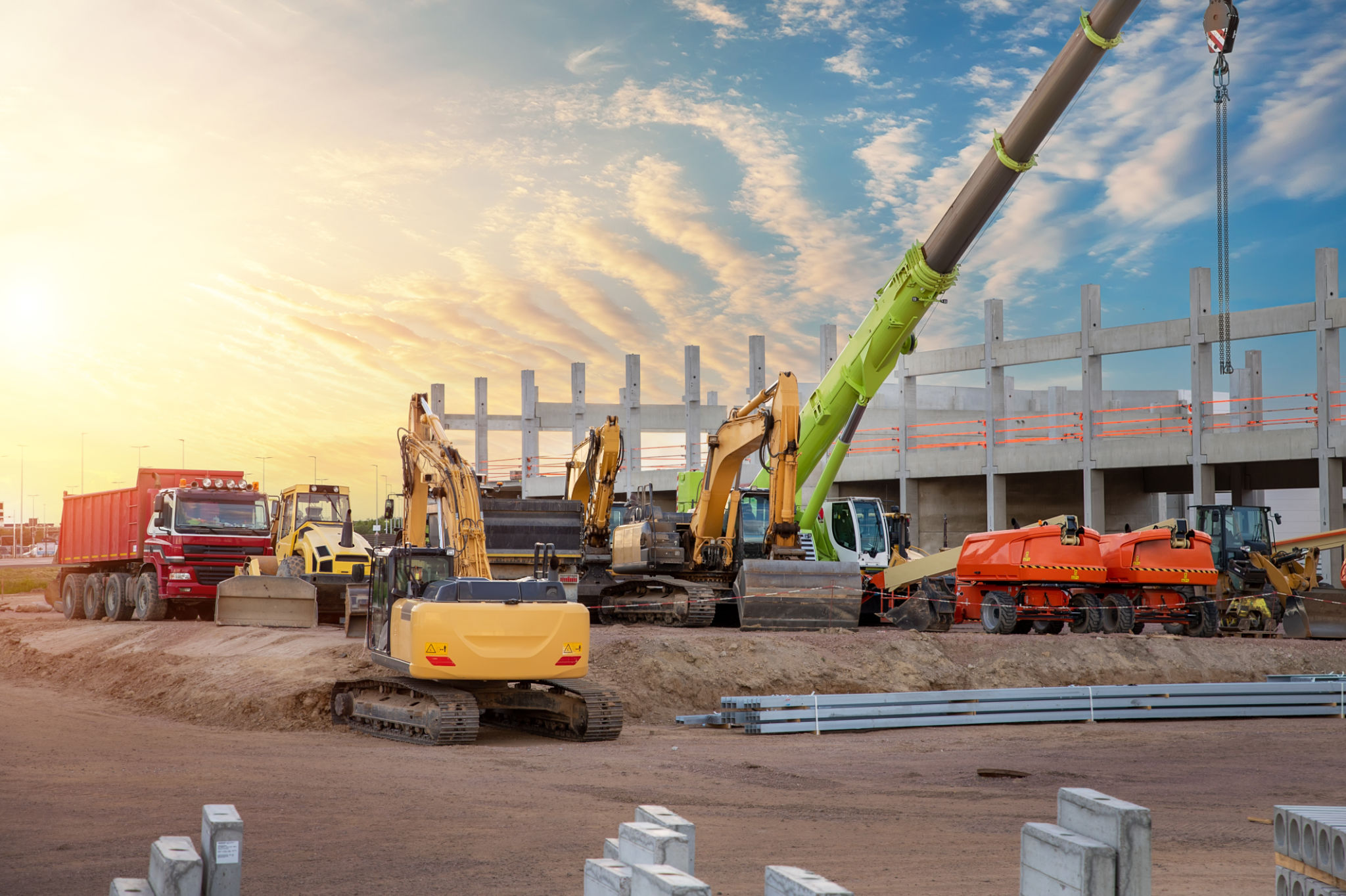Maximizing Your Business Tax Savings: Equipment Loans, Leases, and the Section 179 Deduction Explained
As a business owner, understanding the financial tools and tax benefits available to you is crucial for maintaining profitability and growth. Equipment loans, leases, and the Section 179 deduction are three key elements that can help you maximize your tax savings while acquiring the equipment your business needs. In this blog, we will explore how each of these elements works and how they can benefit your business.

## Equipment Loans
An equipment loan is a financing option where a lender provides funds specifically for the purchase of business equipment. The business then repays the loan over a set period, typically with interest. Here are some key benefits:
- **Ownership**: With an equipment loan, your business owns the equipment outright once the loan is repaid, adding value to your balance sheet.
- **Tax Deductions**: Interest paid on the loan can often be deducted as a business expense.
- **Depreciation**: You can take advantage of depreciation deductions, which spread the cost of the equipment over its useful life.
## Equipment Leases
Leasing equipment involves paying for the use of equipment over a specified period rather than purchasing it outright. There are two primary types of leases: operating leases and capital leases.
- **Operating Leases**: These are short-term leases where the lessor retains ownership of the equipment. Payments are considered operational expenses and are fully deductible.
- **Capital Leases**: These are long-term leases that are similar to loans, where the lessee can buy the equipment at the end of the lease term. The equipment is recorded as an asset, and depreciation and interest expenses can be deducted.
### Benefits of Leasing
- **Flexibility**: Leasing allows businesses to upgrade to newer equipment more frequently.
- **Lower Initial Costs**: Leases typically require lower upfront payments compared to loans.
- **Tax Advantages**: Lease payments may be fully deductible, reducing taxable income.
## Section 179 Deduction
The Section 179 deduction is a valuable tax benefit that allows businesses to deduct the full purchase price of qualifying equipment and software purchased or financed during the tax year. Instead of spreading the deduction over several years, Section 179 allows you to take the full deduction in the year the equipment is placed in service.
### Key Points of Section 179
- **Eligibility**: Most tangible business equipment, including machinery, vehicles, computers, and office furniture, qualify for the deduction.
- **Deduction Limit**: For the 2024 tax year, the maximum deduction is $1,050,000, with a phase-out threshold of $2,620,000.
- **Bonus Depreciation**: After the Section 179 limit is reached, businesses can take advantage of bonus depreciation, which allows for additional deductions.

## Maximizing Tax Savings
To maximize your tax savings, consider the following strategies:
1. **Plan Purchases**: Time your equipment purchases to take full advantage of the Section 179 deduction and bonus depreciation.
2. **Evaluate Financing Options**: Compare the costs and benefits of equipment loans versus leases to determine the best option for your business.
3. **Consult a Tax Professional**: Work with a tax advisor to ensure you are maximizing all available tax benefits and staying compliant with tax laws.
## Conclusion
Understanding the interplay between equipment loans, leases, and the Section 179 deduction can significantly impact your business's financial health. By leveraging these tools effectively, you can acquire the equipment you need while maximizing your tax savings. For more information on equipment financing and tax strategies, contact Atlantic Commercial Lending. Our team of experts can help you navigate your financing options and optimize your tax benefits.
Atlantic Commercial Lending is a licensed commercial mortgage broker, ready to assist you with all your equipment financing needs.